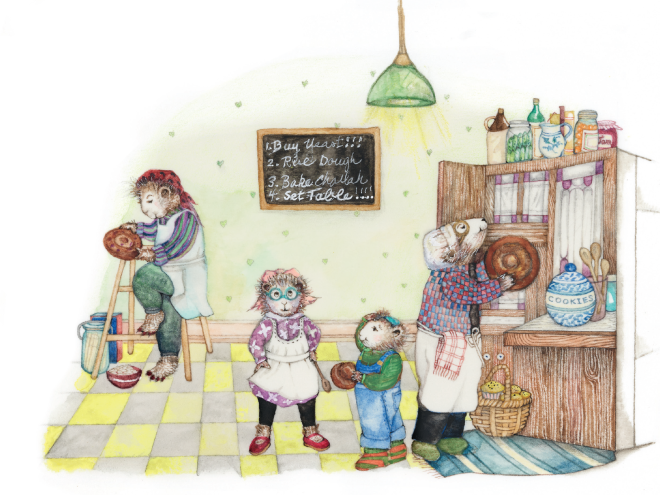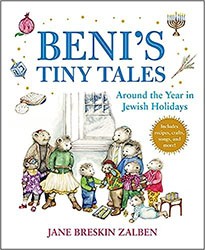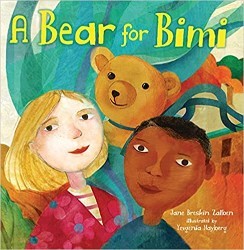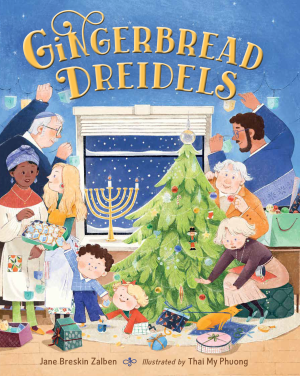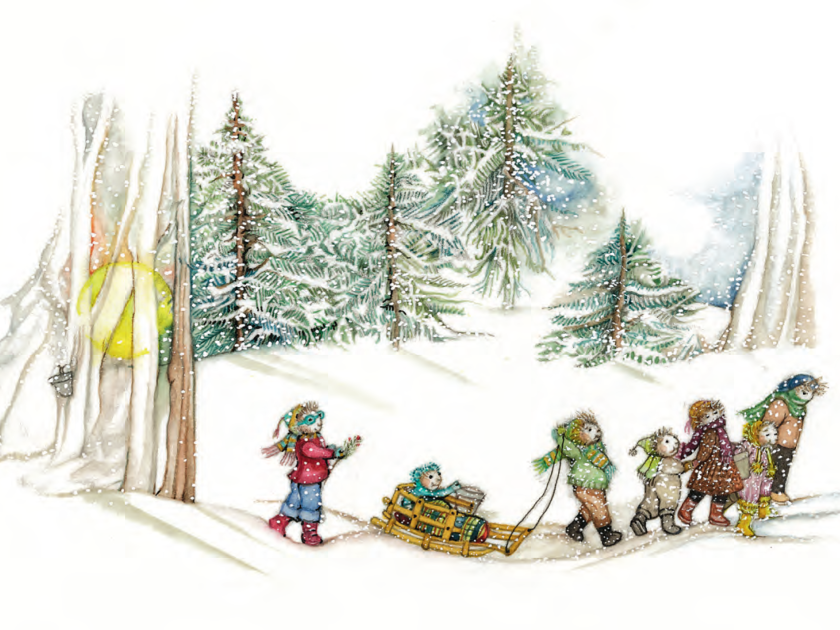
Illustration courtesy of the publisher
In the Bible, the Tree of Life and the Tree of Knowledge were planted in the Garden of Eden. (Genesis 2: 9)
Tu B’Shevat, the New Year of Trees, falls during winter, often in late January or early February, when trees form buds. In Jewish custom, a tree is planted when a baby is born. Both are cared for as they grow. The branches of a tree can be used as poles to hold up a chuppa (canopy) under which the grown child is married. This continues the cycle of life. The Torah, the first five books of the Jewish Bible, is referred to as the “Tree of Life.”
There are symbols and stories in Judaism that refer to trees, linking the religion to the environment. The spirit of the holiday, the importance of being caretakers for the earth, is shown in the words of Solomon ibn Gabirol, a medieval Jewish poet in Spain, who most likely lived from c. 1020 to 1057: “The world is a tree, and human beings are its fruit.”
The Tree of Life, as a metaphor for the Torah, comes from the Book of Proverbs, which uses the term three times. The most famous is: “Etz chaim hee l’machazikim bah” (“She is a tree of life to those who grasp her”), Proverbs 3:18, and is commonly sung as the Torah is returned to the ark.
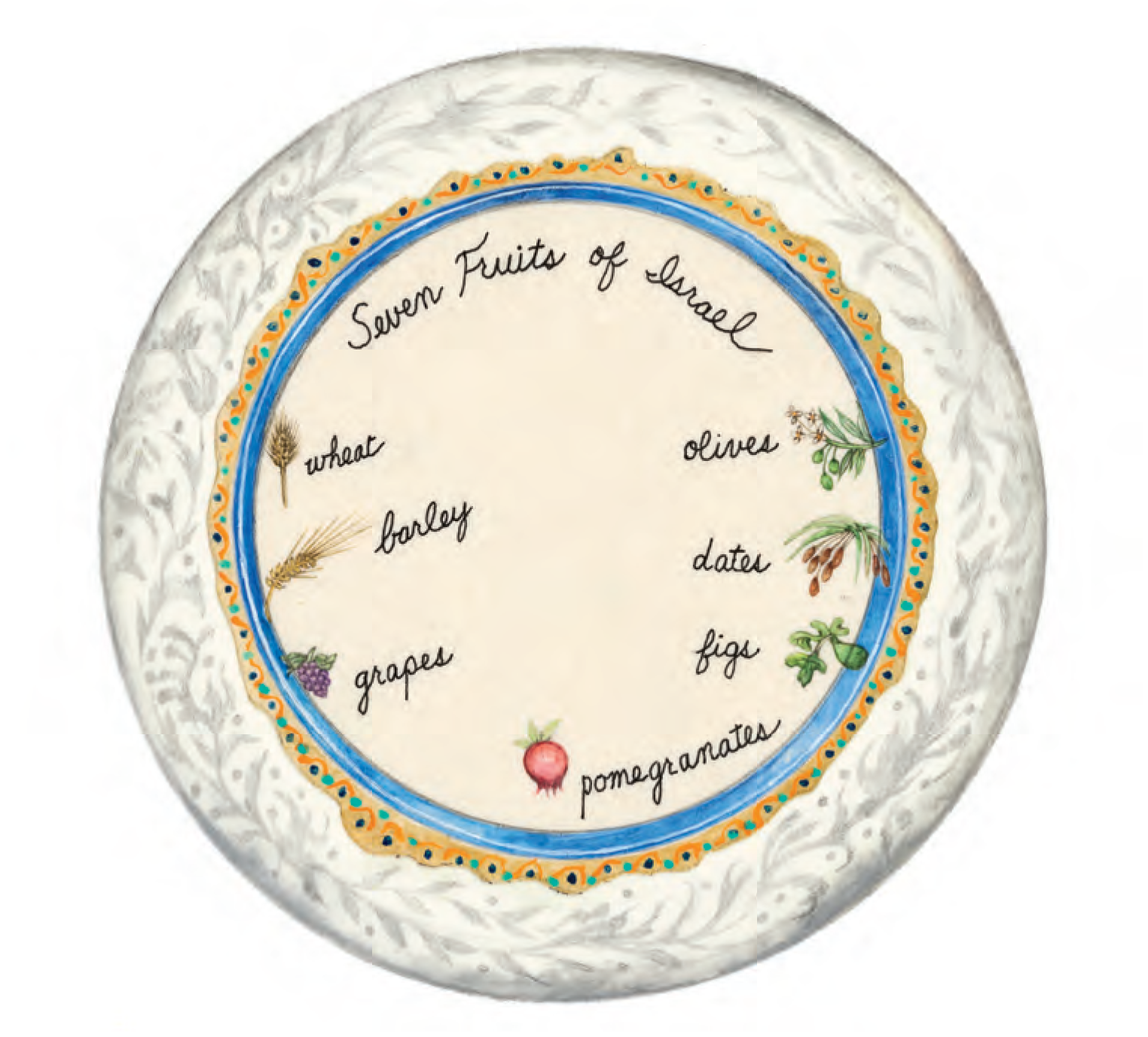
Tu B’Shevat Seder Plate
The seven fruits associated with Israel — olives, dates, figs, grapes, pomegranates, wheat, and barley — are eaten at a special Seder.
- Olives: The hardy olive tree casts shade and provides fruit. It is a sign of hope. An olive branch is a symbol of peace.
- Dates: The date palm is beautiful and strong with sweet fruit.
- Figs: The Torah has been linked to the fig tree, a symbol of peace.
- Grapes: Four cups of grape wine are sipped to represent the change in the four seasons. (Grape juice can be substituted.)
- Pomegranates: The tough outer skin reminds us of the physical world that protects the softer spiritual world (inside the fruit). Also, the many seeds symbolize fertility and life.
- Wheat: Bread is the staff of life.
- Barley: The fruits of the soil.
